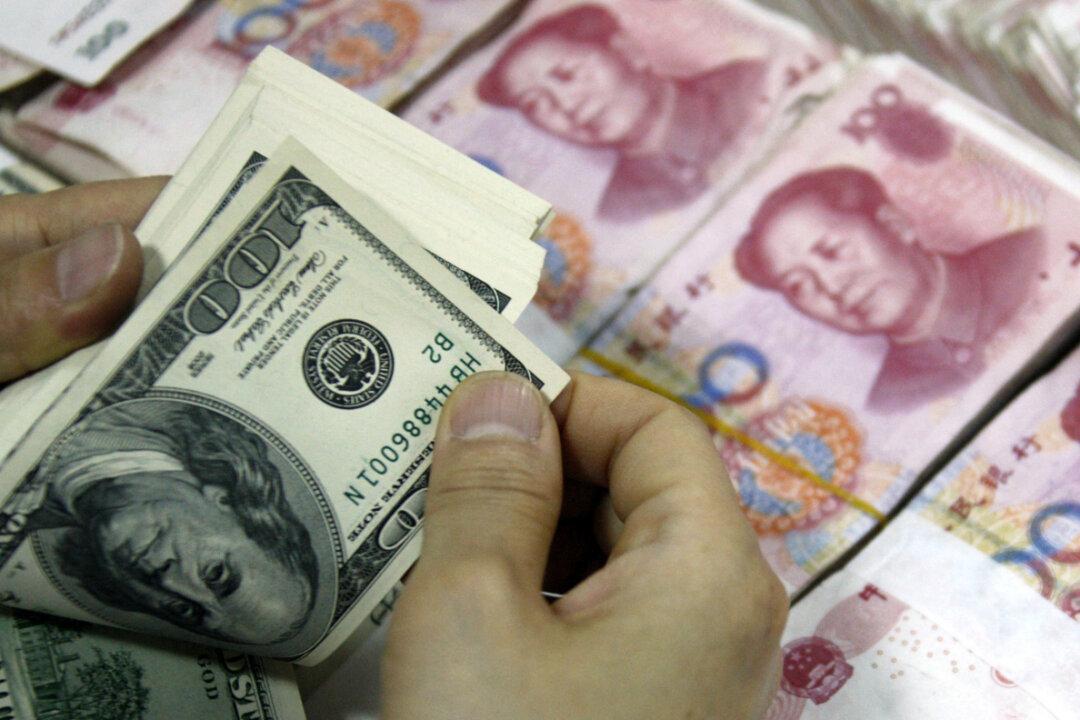Foreign holdings of U.S. Treasury securities rose in August, for the third consecutive month, to their highest level since December 2021, according to new data from the Treasury Department. However, China captured attention by continuing to dump vast amounts of U.S. assets.
Total holdings of U.S. debt increased nearly 3 percent year-over-year to $7.707 trillion. That was also up from the $7.655 trillion in July.





